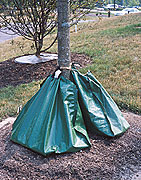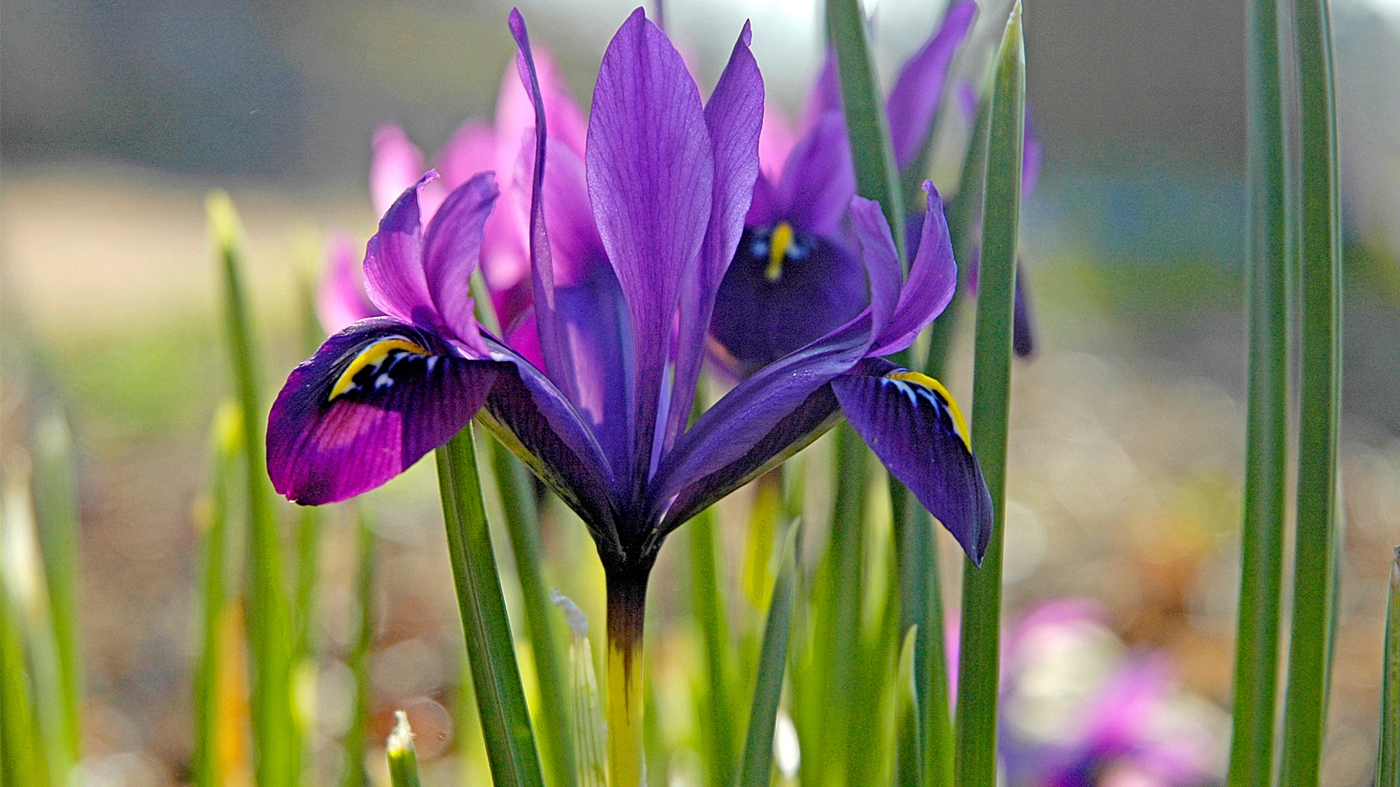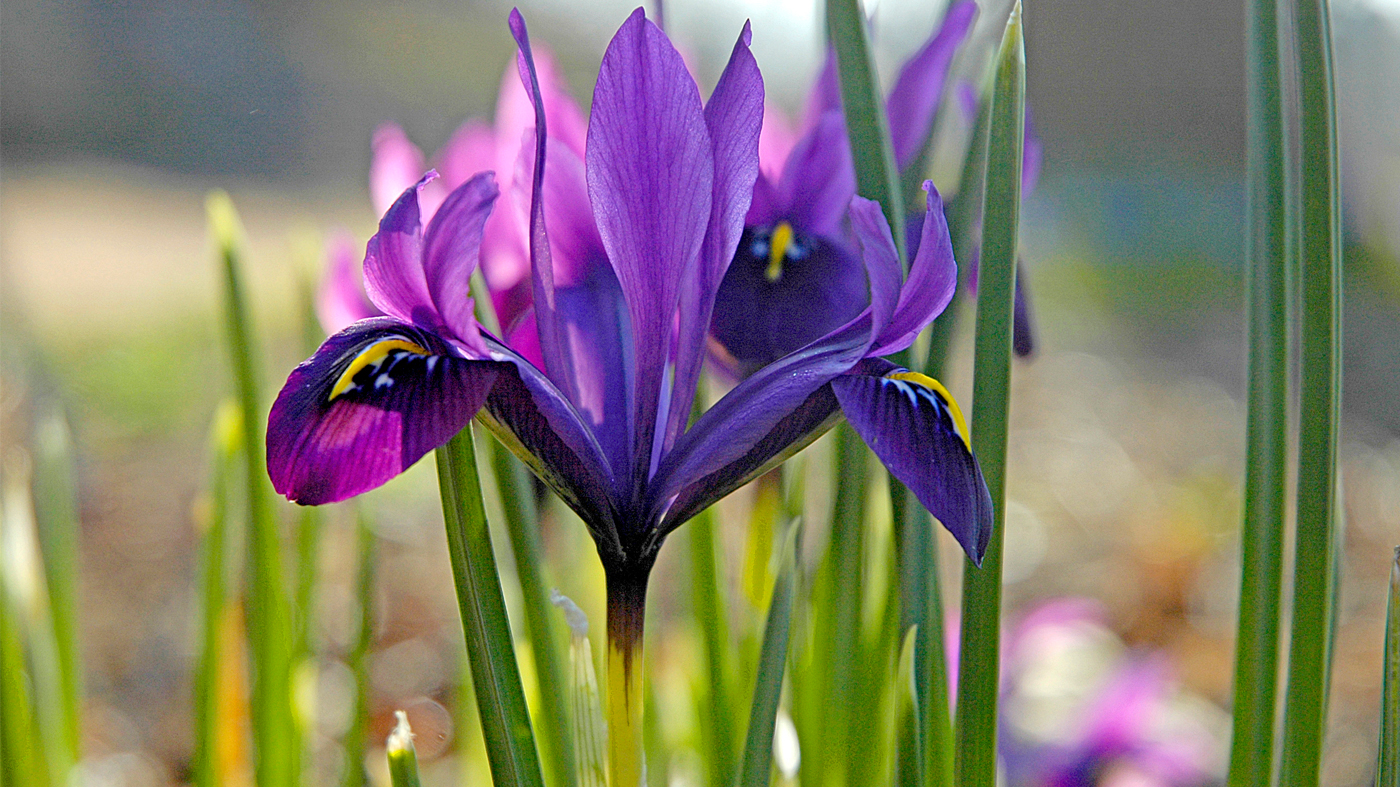

Tips & Techniques
Watering Plants during Drought
Lack of rainfall, prolonged record heat, and drying windy weather can create drought-like conditions in gardens. Even if your community has not posted water restrictions, there are sensible guidelines to follow when watering your plants. Read on so that you and your plants can "weather" a dry spell.
WATER PERMANENT, AT-RISK PLANTS FIRST

These include newly planted woody trees and shrubs; they need a thorough soaking throughout their root zones approximately once a week, assuming it has not rained that week. Newly planted perennials, rosebushes, and perennial vines also require attention. Annuals, whether in garden beds or containers, are later on the list. These plants will die at the end of the season, and it does not make sense to waste valuable water on them, especially in time of restrictions. Houseplants that are summering outside should be brought indoors where their water requirements will diminish substantially. Turf grass can go dormant. It will turn yellow, but the crown of the plants will remain alive with just ½ inch of water over several weeks. Grass will green up as soon as normal rainfall returns.
AVOID OVERHEAD WATERING DEVICES
Some gardeners place a small can or other measuring gauge within the root zone of a tree so they can see when 1 inch of water has accumulated. The most effective watering devices are the slow soaker or drip hoses, plastic tree bags, or the small sprinklers that distribute water close to the ground, reaching the entire root zone. The root zone is a circle that runs around the tree, extending from the trunk directly outward to the end of the lowest branch tips.
MULCH AROUND PLANT ROOT ZONES
Add several inches of shredded bark to the root zones of trees and shrubs to keep valuable moisture from evaporating. Mulch perennial or mixed borders with finely shredded material or compost that retains moisture and improves soil texture.
WATER EARLY AND CHOOSE WISELY
At this time, less water is lost through evaporation. This is also the preferred time to water plants susceptible to powdery mildew. By watering in the morning, their foliage will have a chance to dry completely during the day before being moistened again from nighttime dew. Plants whose foliage never dries completely can develop mildew problems more quickly.
When selecting plants for the garden, consider planting drought-tolerant annuals, perennials, and ornamental grasses, especially in exposed sunny areas. Know your plants and their watering needs and group them accordingly.

